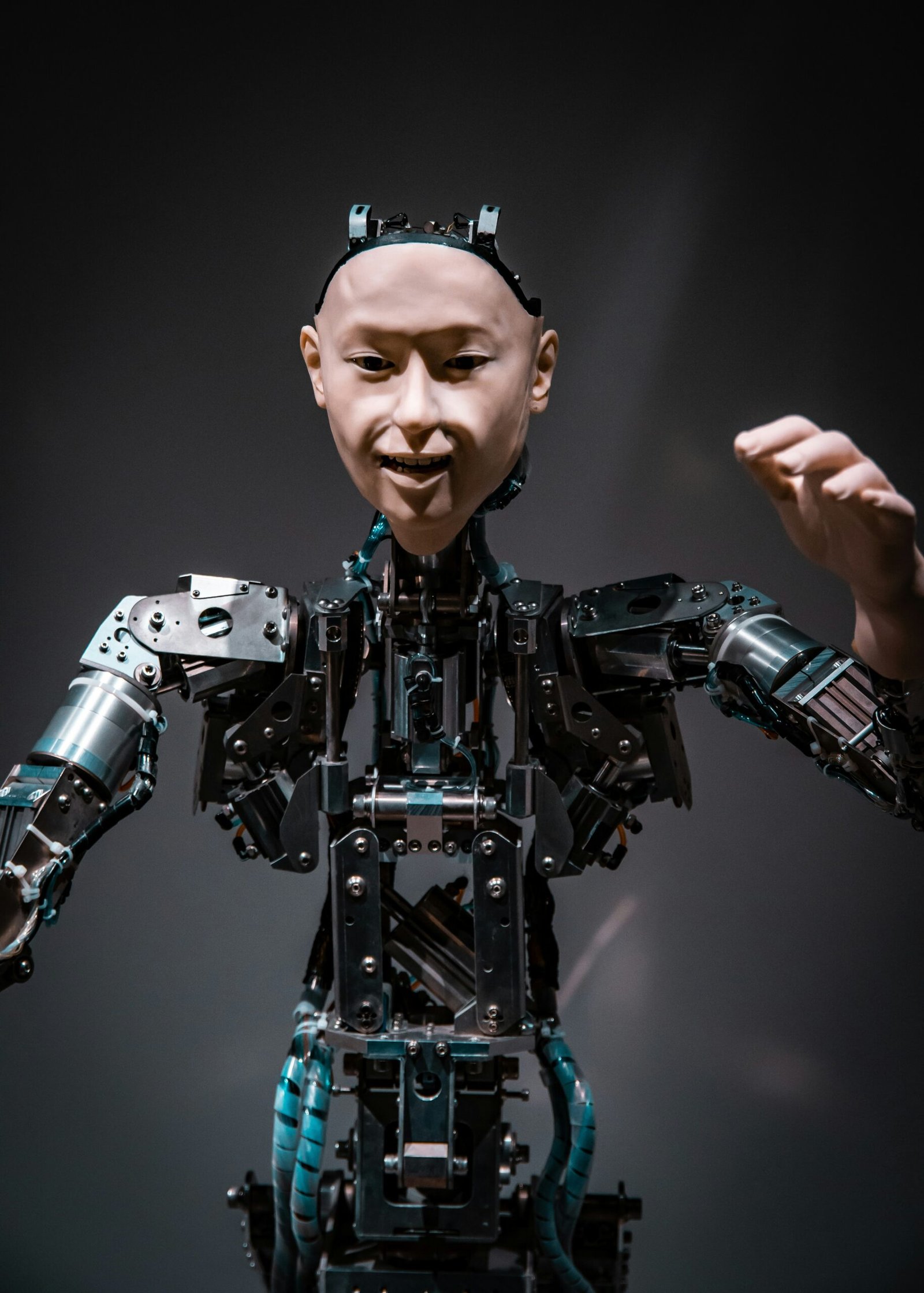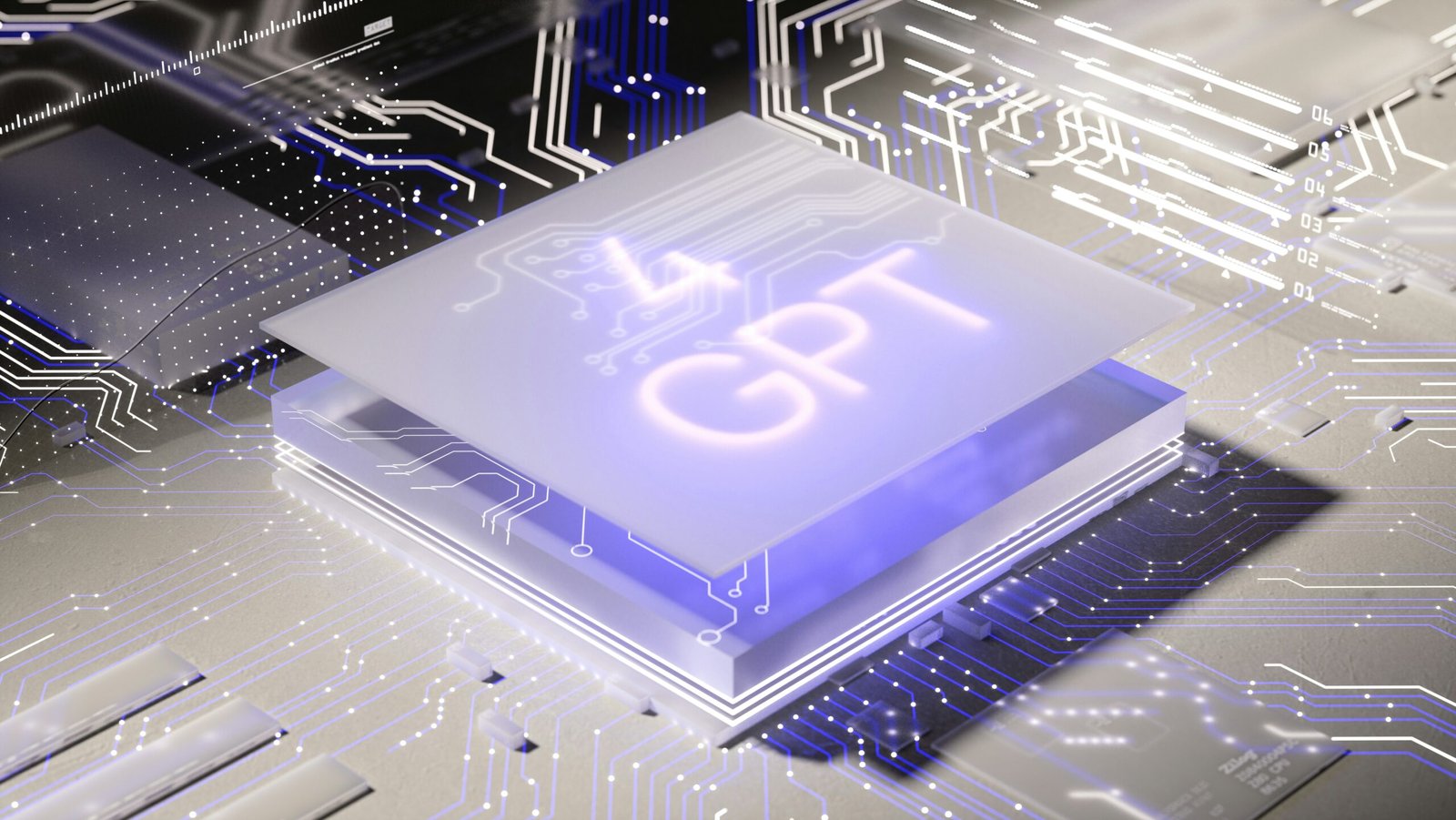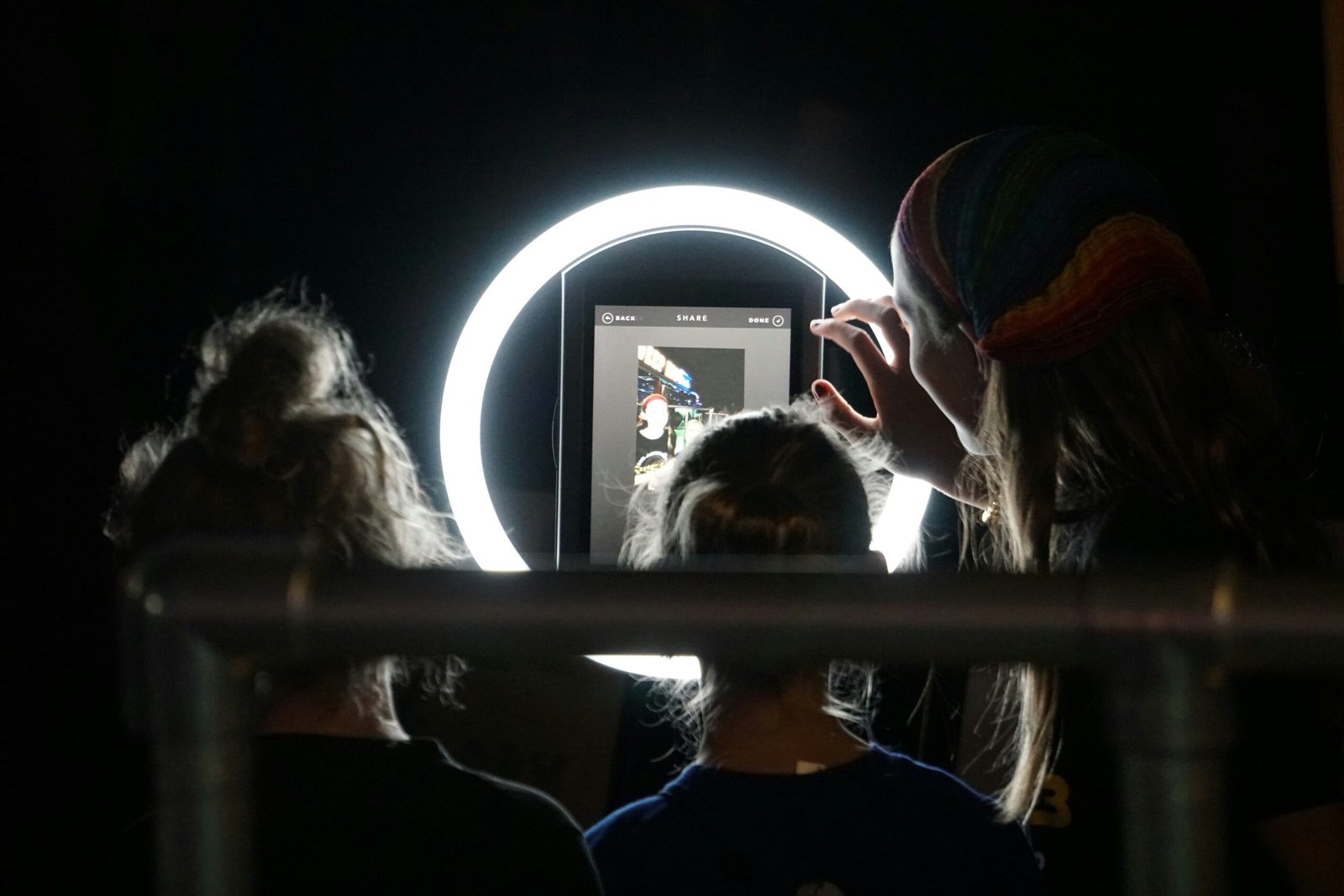Introduction to AI and Human Capabilities
Artificial Intelligence (AI) has been a topic of fascination and extensive research for several decades. Defined as the capability of a machine to imitate intelligent human behavior, AI encompasses various computational models and technologies designed to perform tasks typically requiring human intelligence. The journey of AI development began in the mid-20th century with symbolic AI and expert systems, but it has evolved significantly with the advent of machine learning algorithms, neural networks, and deep learning. These milestones have enabled machines to perform increasingly complex tasks, from language translation to autonomous driving.
On the other hand, human intelligence embodies a multifaceted spectrum of cognitive abilities. Unlike AI, human intelligence is not just about logical reasoning or problem-solving; it includes emotional intelligence, intuition, creativity, and ethical reasoning. Emotional intelligence enables humans to recognize and manage their own emotions and those of others, fostering effective communication and relationships. Intuition allows humans to make decisions based on insight rather than explicit reasoning, while creativity drives the generation of novel ideas and artistic expression. Additionally, ethical reasoning permits humans to evaluate actions based on moral principles and societal norms.
The fundamental differences between AI and human brain functionality underscore these varied capabilities. AI excels in processing vast amounts of data at high speed, identifying patterns, and performing repetitive tasks with precision. In contrast, the human brain is adept at understanding context, exhibiting empathy, and adapting to novel and unstructured scenarios. These intrinsic differences lay the groundwork for exploring potential synergies between AI and human intelligence, leveraging the unique strengths of each. As we delve deeper into these dynamics, a clearer picture emerges of how AI and human capabilities can complement one another to address complex challenges and innovate across various domains.
Comparative Analysis: Strengths and Weaknesses
When analyzing the strengths and weaknesses of AI versus human abilities, several distinct facets come to the forefront. AI excels in processing vast amounts of data at an unparalleled speed. For example, in the healthcare sector, AI systems can analyze patient data from numerous medical records to identify patterns and predict potential health issues. This data-driven approach facilitates early diagnosis and personalized treatment plans, enhancing patient outcomes. Moreover, AI’s accuracy in repetitive tasks and its immunity to fatigue make it indispensable in domains like manufacturing, where it can maintain consistent performance and precision.
In contrast, humans possess a unique set of strengths that are challenging for AI to replicate. Adaptability and creative problem-solving are inherent human traits that allow for flexibility in unexpected situations. In the finance industry, human analysts can interpret complex, nuanced market trends that AI might miss due to its reliance on historical data patterns. Furthermore, ethical decision-making and empathy are crucial in industries such as customer service. Human agents can understand customer emotions and provide tailored, compassionate responses, fostering deeper customer relationships.
Consider the use of AI in customer service. Chatbots powered by AI can handle numerous customer inquiries simultaneously, offering quick and efficient responses. However, when it comes to resolving complex issues that require emotional intelligence and an understanding of context, human agents outperform AI. They can de-escalate irate customers and make judgment calls that consider the customer’s unique situation and history.
These comparative strengths and weaknesses underscore the importance of synergy between AI and human efforts. While AI provides powerful tools for efficiency and precision, human qualities such as empathy, ethical reasoning, and contextual understanding remain irreplaceable. By leveraging the strengths of both AI and human intelligence, industries can create more robust, effective, and empathetic solutions to the challenges they face.
Collaborative Potential: How AI and Humans Can Work Together
The convergence of artificial intelligence and human ingenuity is not merely a futuristic concept but an unfolding reality, reshaping various industries. By leveraging AI’s computational prowess, we can streamline mundane tasks and complex data analysis, thereby freeing humans to tackle more strategic, creative, and interpersonal endeavors.
Consider the education sector, where AI-driven platforms can personalize learning experiences for students. AI algorithms analyze students’ strengths and weaknesses, tailoring assignments to meet individual needs. Such systems enable teachers to focus more on interactive and mentoring roles rather than administrative tasks. For instance, tools like Carnegie Learning use machine learning to provide adaptive tutoring, significantly improving student outcomes.
Moving to manufacturing, AI is revolutionizing production lines by performing repetitive tasks with high precision. Robots equipped with AI capabilities can handle everything from assembly to quality control. However, human oversight remains crucial to manage exceptions and devise innovative solutions. A notable example is Siemens’ Amberg Electronics Plant, where AI systems work alongside human engineers, yielding a reported 99.99885% product quality rate.
In research, AI’s ability to process vast amounts of data accelerates discovery and innovation. For instance, In the pharmaceutical industry, AI algorithms mine through biological data to identify potential drug candidates at a fraction of the time and cost required by traditional methods. IBM Watson’s collaboration with leading hospitals to enhance cancer treatment through data-driven insights exemplifies the transformative power of AI-human partnerships in the medical research sector.
These examples underscore the pivotal role of AI-human collaboration across various industries. Designing AI systems to augment rather than replace human roles ensures a more harmonious and productive work environment. As AI continues to evolve, its potential to elevate human capabilities remains vast, paving the way for unprecedented advancements and efficiencies.
Ethical Considerations and Future Implications
As AI technology continues to evolve and integrate into various aspects of human life, ethical considerations increasingly come to the forefront. One of the most pressing concerns is the potential for job displacement. Automation and AI-driven systems may replace numerous roles traditionally held by humans, leading to significant economic and social upheaval. While AI has the potential to enhance productivity and create new job categories, there is a need for comprehensive strategies to support workforce transitions, including reskilling and upskilling programs.
Privacy and security are also critical areas of concern. With the proliferation of AI applications, vast amounts of data are collected, stored, and analyzed. This raises questions about how personal information is safeguarded and who has access to it. Ensuring robust data protection measures and transparent data governance practices are essential to maintaining public trust in AI technologies.
Moreover, the issue of AI bias could have profound ramifications. AI systems are often trained on large datasets that may contain historical biases, inadvertently perpetuating inequities present in the data. To mitigate this, it is crucial to develop and implement frameworks that ensure the fairness and impartiality of AI algorithms. Regular audits and the inclusion of diverse perspectives in the development process can contribute to minimizing bias.
Given these ethical challenges, establishing robust guidelines and regulatory frameworks to govern AI development and deployment is indispensable. A collaborative approach involving technologists, ethicists, policymakers, and the general public is vital. Continuous dialogue can help align AI advancements with societal values and priorities, ensuring that AI benefits all of humanity.
Looking towards the future, advanced AI holds the promise of transformative changes across various sectors, from healthcare to transportation. However, it is essential to prepare proactively for potential risks. By fostering ethical AI research, promoting equitable access to AI technologies, and encouraging multidisciplinary conversations, society can work towards maximizing positive outcomes while minimizing potential harms.



